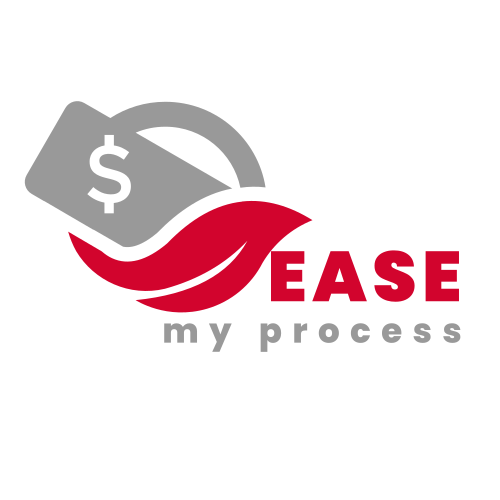- Published on
Understanding Valuation Approaches
- Authors

- Name
- Ease Pro
Valuation Approaches
1. Discount Cash Flow Analysis
DCF is an intrinsic value approach where we forecasts a business's unlevered free cash flow into the future and discounts it back to today at the firm's weighted average cost of capital (WACC)
Imagine you planning a road trip next year. If it's gonna cost Rs 1,000, DCF helps figure out today's value, considering unexpected stuff like car trouble or snacks on the road.
DCF is like time-traveling your expenses to the present, factoring in potential detours or pit stops along the way.
2. Comparable Company Analysis
is a relative valuation method in which you compare the current value of a business to other similar businesses by looking at trading multiples like P/E, EV/EBITDA, or other multiples.
It provides an observable value for the business, based on what other comparable companies are currently worth.
3. Precedent Transactions
Precedent transaction analysis is a valuation method in which the price paid for similar companies in the past is considered an indicator of a company's value.
It's a game-changer in M&A negotiations, providing insights into market willingness to pay
4. Sum of the Parts (SOTP)
SOTP valuation is an approach to valuing a firm by separately assessing the value of each business segment or subsidiary and adding them up to get the total value of the firm
It can be used in conjunction with various valuation techniques such as like DCF & CCA
This approach is particularly useful when a company operates in diverse industries or has distinct business units with varying growth prospects, risk profiles, and financial characteristics like Reliance for example.
How to get the value by SOTP:
You should use different method for each division, value each division separately and add them together to get the value if entire firm.
5. Liquidation Valuation
Valuing a company's assets, assuming they are sold off and then subtracting liabilities to determine how much capital, if any, equity investor receive.
This is common in bankruptcy scenarios and it is often used to advise struggling businesses on whether it's better to sell off assets piecemeal or to sell the entire company in an acquisition.
